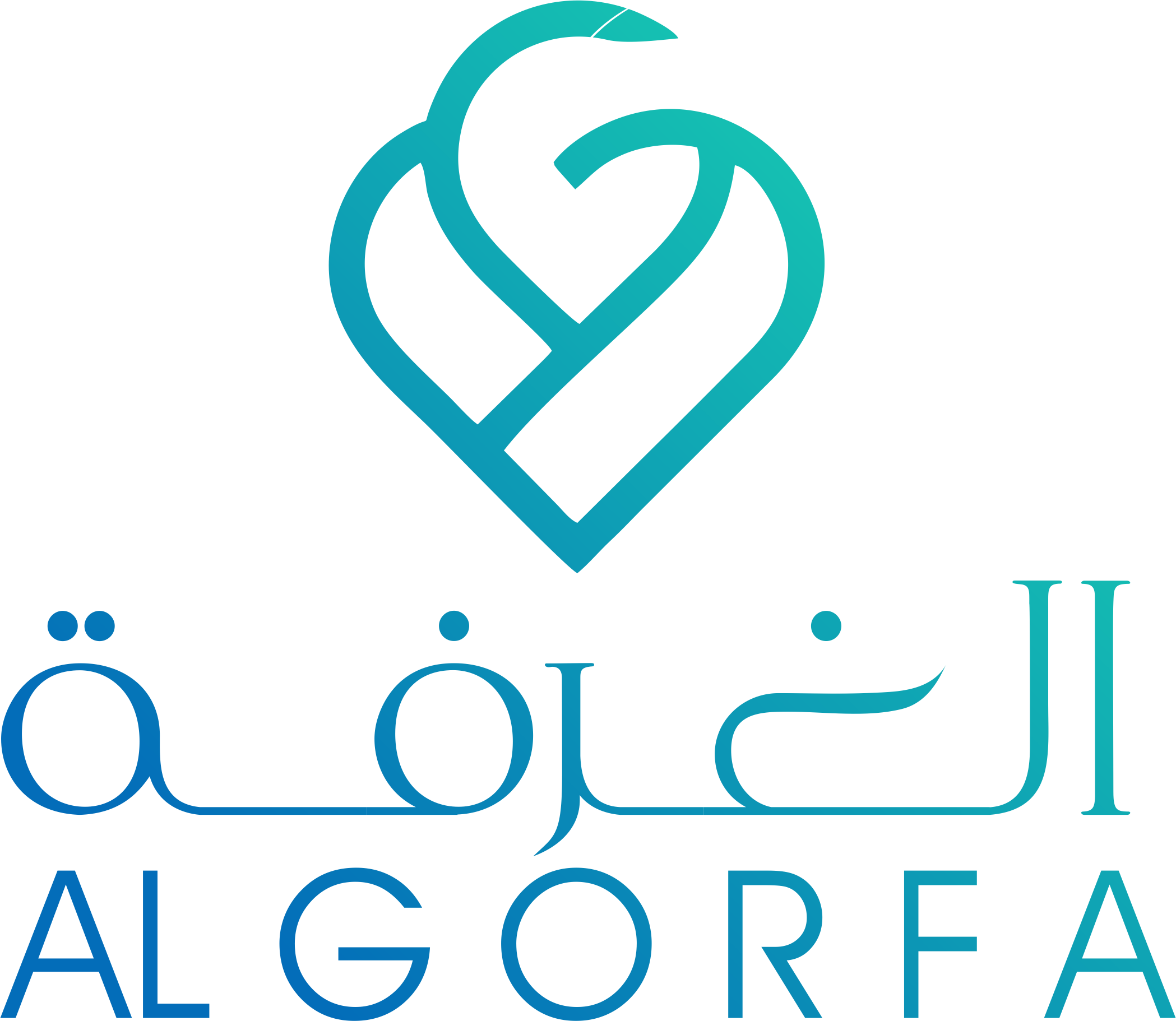Studio Lighting Design: Optimal Visibility and Ambiance Creation
Studio Lighting Design: Optimal Visibility and Ambiance Creation
Lighting design is an essential aspect of studio production, playing a crucial role in setting the mood and creating visual interest for various applications such as photography, videography, theater, and dance. Effective lighting https://yabby-nz.com/ can either make or break the aesthetic appeal of a scene, product, or performance. In this article, we will delve into the world of studio lighting design, exploring the key principles and techniques that create optimal visibility and ambiance.
Understanding Lighting Fundamentals
Before diving into the specifics of studio lighting design, it’s essential to grasp the fundamental concepts of light. Light is a form of electromagnetic radiation that comes in various wavelengths and intensities. The primary factors affecting light are its color temperature (measured in Kelvin), luminosity (measured in lumens or lux), and angle of incidence.
Understanding these basics allows lighting designers to work with different types of light sources, such as LEDs, incandescent bulbs, halogen lamps, or fluorescent lights, each having unique characteristics that can be manipulated for specific applications.
Studio Lighting Types
There are three primary types of studio lighting:
- Soft Light : Soft light, often created using diffused softboxes, provides a gentle and even illumination, suitable for portraits, still-life photography, and interviews.
- Hard Light : Hard light, typically achieved with reflectors or direct lamps, produces sharp shadows and high contrast, ideal for product photography, fashion shoots, and creating dramatic ambiance.
- Ambient Light : Ambient lighting provides overall illumination to a space without accentuating specific features. It can be created using wall-wash lights, floor-standing lamps, or even natural light.
Creating Optimal Visibility
To create optimal visibility in studio settings, designers must consider the following factors:
- Light-to-Subject Ratio (LSR) : LSR determines the balance between light and subject. A higher LSR can lead to overexposure, while a lower ratio may result in underexposure.
- Contrast : Contrast refers to the difference between light and dark areas within an image. Proper contrast enhances visual interest but must be balanced to avoid distractions or overpowering the subject.
- Color Temperature : Selecting lighting with suitable color temperature can enhance subject appearance. For example, warm tones create cozy atmospheres in home settings, whereas cool tones work well for product photography.
- Angle of Incidence : Lighting’s angle of incidence affects how it interacts with surfaces and objects. Varying the angle can add depth or create interesting visual effects.
Designing Ambiance
Ambiance plays a crucial role in creating a specific mood or atmosphere within a studio setting. Lighting designers use techniques such as:
- Layered Lighting : Combining multiple light sources to achieve intricate lighting designs, adding depth and visual interest.
- Shadow Creation : Strategically placing light sources to create intentional shadows that enhance the overall ambiance.
- Lighting Placement : Carefully positioning lights within a scene to emphasize specific elements or guide viewer attention.
Practical Considerations
When designing a studio lighting setup, practical considerations are essential:
- Power Supply : Adequate power supply and wiring ensure safety and efficiency during extended shooting sessions.
- Portability : Using portable light sources makes it easier to move the setup between locations or adjust lighting configurations quickly.
- Safety : Incorporating safety features like emergency stop buttons, guardrails, or protective covers for hot lights is crucial to prevent accidents.
Software Tools and Lighting Calculations
While traditional trial-and-error methods still apply, software tools can help streamline studio lighting design:
- Lighting Simulation Software : Programs like Profoto Capture One, Adobe Creative Cloud’s Lightroom, and specific plugins (e.g., 3D modeling software) enable designers to virtually test different lighting configurations.
- Color Temperature Calculation Tools : Utilize online calculators or built-in functions within software to accurately adjust color temperatures and balance lighting.
Best Practices
To achieve exceptional studio lighting designs:
- Conduct a Site Survey : Assess the physical space, noting natural light direction, windows, and obstructions before planning your setup.
- Collaborate with Clients : Engage closely with clients to understand specific requirements, preferences, and limitations.
- Experiment and Refine : Continuously test different lighting setups, making adjustments as necessary to achieve the desired outcome.
Effective studio lighting design combines artistic vision with technical expertise. By understanding key principles, types of lighting, practical considerations, and leveraging software tools, designers can create optimal visibility and ambiance in various applications, ultimately elevating the overall aesthetic appeal of a scene or product.
